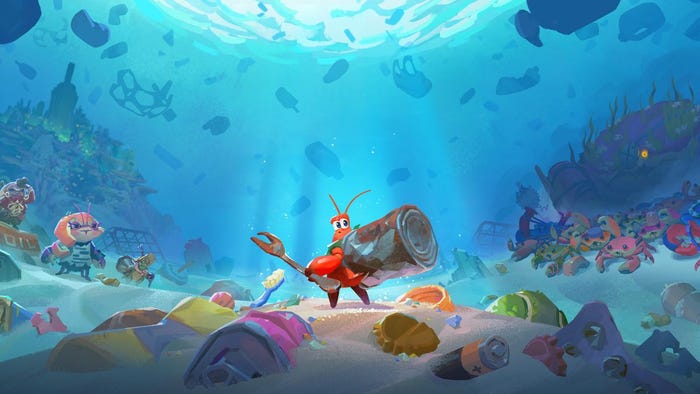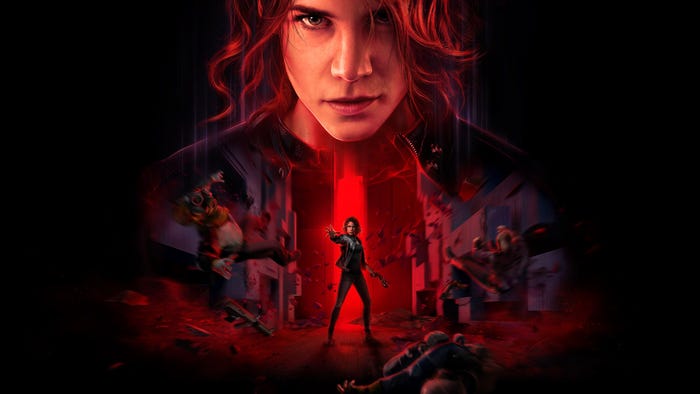Video: Why is Gone Home a game?
Steve Gaynor addresses what makes a game a game, how interactivity and player agency provide meaning, and explains the design of Gone Home during a talk at GDC 2014.
May 26, 2014

"This was a way of saying 'we know what you're doing. We're playing back with you, not by AI dodging when you shoot a bullet, but by winking and nodding at you.'"
- Steve Gaynor explains how Gone Home's narrative plays games with players by anticipating and responding to their actions -- like, say, leaving every damn light in the house on. During GDC 2014 The Fullbright Company's Steve Gaynor gave a great talk addressing questions -- raised in part by the success of Gone Home -- of what makes a game, how interactivity and player agency provide meaning, and what design philosophy and specific techniques the Fullbright Company used to create an interactive experience that resonated deeply with players and critics alike. Gaynor also spoke to how classical definitions of games and play inform modern video game design, how the design philosophy of immersive simulations can be broadly applied across genres to foster player engagement, and how a focus on accessibility can bring their games to new and vital audiences. It's good stuff, so we've taken the liberty of embedding the free video of "Why Is Gone Home A Game?" above, but you can also watch it here on the GDC Vault.
About the GDC Vault
In addition to this presentation, the GDC Vault offers numerous other free videos, audio recordings, and slides from many of the recent Game Developers Conference events, and the service offers even more members-only content for GDC Vault subscribers. Those who purchased All Access passes to recent events like GDC, GDC Europe, and GDC Next already have full access to GDC Vault, and interested parties can apply for the individual subscription via a GDC Vault subscription page. Group subscriptions are also available: game-related schools and development studios who sign up for GDC Vault Studio Subscriptions can receive access for their entire office or company by contacting staff via the GDC Vault group subscription page. Finally, current subscribers with access issues can contact GDC Vault technical support. Gamasutra and GDC are sibling organizations under parent UBM Tech
You May Also Like







